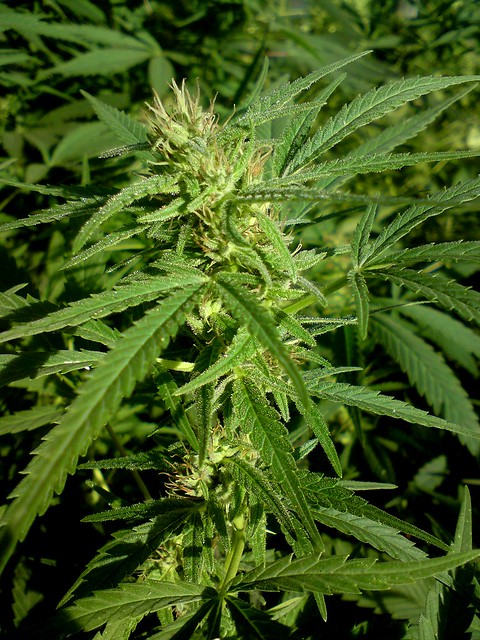Let's imagine for a moment that it comes down to a ridiculously simple, single extra allele/gene in wilder 'landrace' strains.
How is that removed from the population by outbreeding with hybrids which lack it?
Answer: it isn't, until significant long term efforts are made to inbreed its absence in limited individuals.
Mexcurry420 you don't speak for Parvati farmers. They are free to grow whatever they choose and just because you think they 'should' stick to traditional stock doesn't mean Jacky nor Jilly Shit.
If there's a threat to that strain from replacement, it's via many years of human effort to do so. If it's so good, that won't happen.
I think you understand that those farmers aren't deliberately growing weak hybrids, they're trying something different, and can probably be trusted to know what they like after growing it.
There is no genetic basis for claiming doomsday.
You're really don't know what you're talking about.I'm getting the feeling that you're self involved in the seed business to introduce some of your own strains.Western genetics already drove Indian farmers to madness or even suicide.Like in the Strain Hunters vid about India when they're asking the local farmer what he thinks about the GHS strains and he answered them they're all males.

[YOUTUBEIF]su2-ijE5snA[/YOUTUBEIF]
Keep on growing




